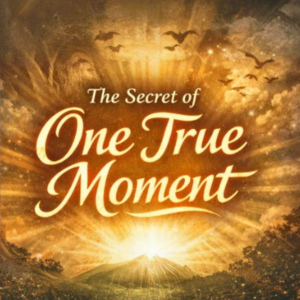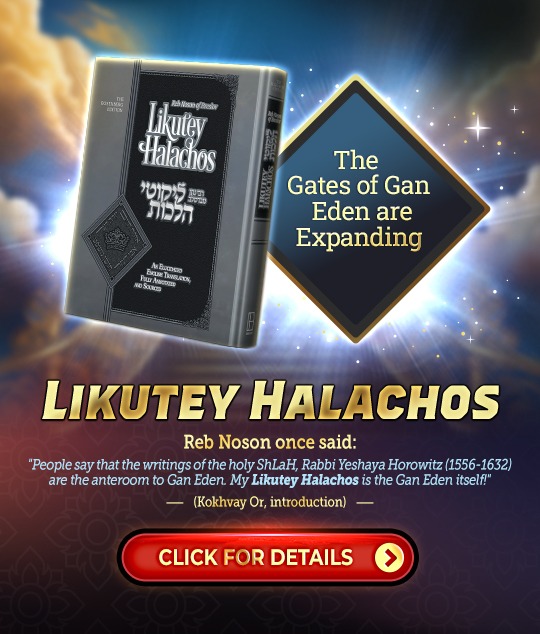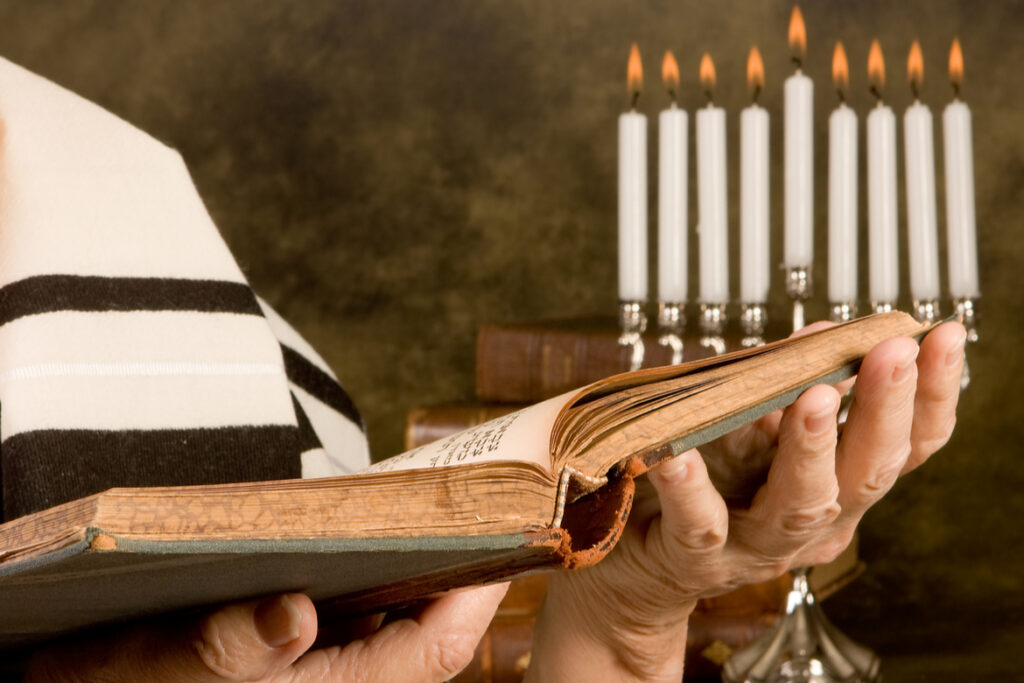From Separation to Unity
This week’s parshah is a double one: Tazria and Metzora. They are the first parshiot to be combined in order to enable us to complete the Torah before Simchat Torah. There are two more weeks where two parshiot are combined—next week, Acharei Mot and Kedoshim, and again in a couple of weeks, Behar and Bechukotai.
This week’s double parshah contains the laws of leprosy. The first parshah, Tazria, speaks of what constitutes a nega (leprosy affliction), where it appears on the body—boils, burns, etc.—and if the afflictions appear in clothing. Metzora speaks of purifying the leper and what constitutes leprosy in a building. It further discusses the laws of purity and impurity of bodily discharges, such as semen or menstruation. The connection between the parshiot is obvious, but the range of afflictions and impurities is quite widespread. One of the unique laws required of a leper is to be isolated from family and the community.
The Talmud discusses the reasons for the impurities and the purification process in detail. For us, to compress these ideas: they stem from sin—from Adam and Eve’s sin of eating from the Tree of Knowledge, to slander, murder, false oaths, adultery, arrogance and haughtiness, theft and an evil eye (see Erekhin 16a). The commentaries offer opinions as to why these sins are singled out, as they are not equal in severity.
For us to understand this, the main cause of leprosy is basically strife, as seen in slander, murder, theft, etc. Slander separates people from people, as does murder, adultery, theft, and so on. Therefore, the punishment is isolation: a person separates one person from another, so the punishment is of equal severity—isolation. Hence the severity of strife and argumentative living.
The isolation is meant to give a person time to contemplate the effects of his wrongdoings and to repent for his misdeeds. Interestingly, Tazria-Metzora always falls out after Pesach, during the period of the Omer Counting (except for rare occasions). This is because the period of the Omer was a period of strife, when the students of Rabbi Akiva dishonored their own friends—i.e., strife and arguments. Reb Noson teaches that the Counting of the Omer is meant to teach us the importance of assuring that every day counts, as does every person. Therefore, the lesson is to honor others, to respect their space, to give recognition to another’s position.
Have a great Shabbos.
- 0 comment






















